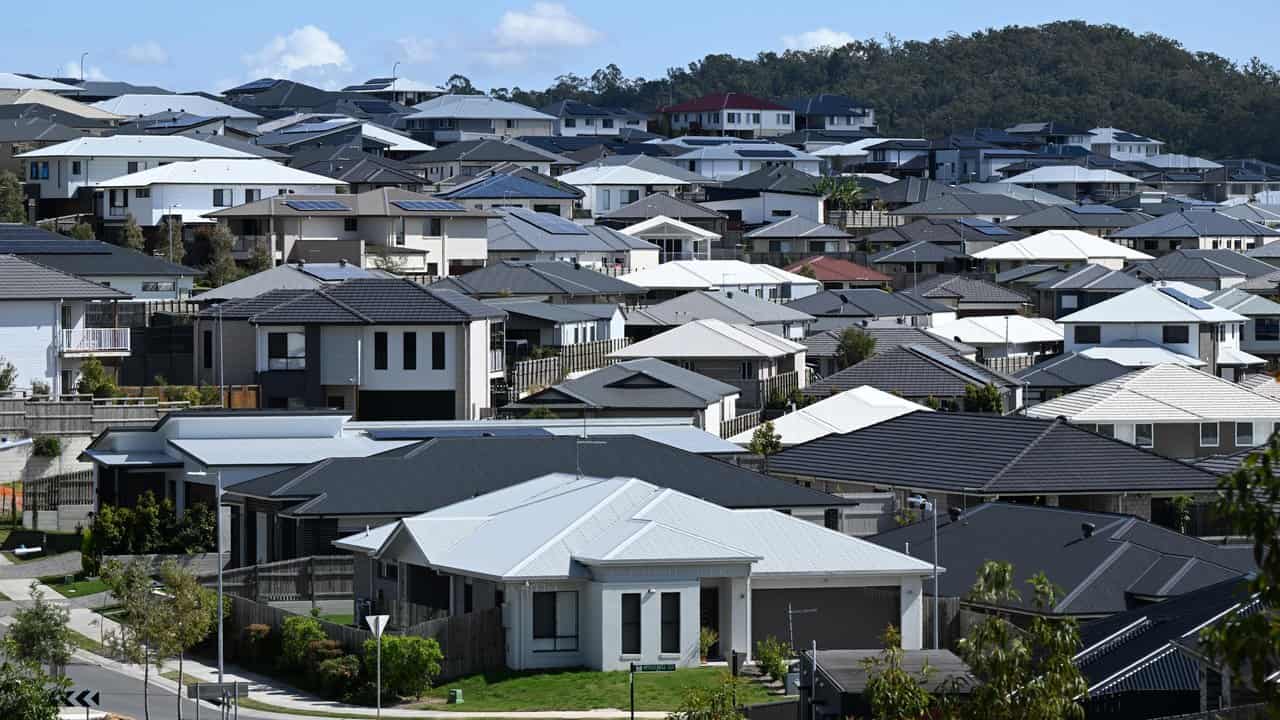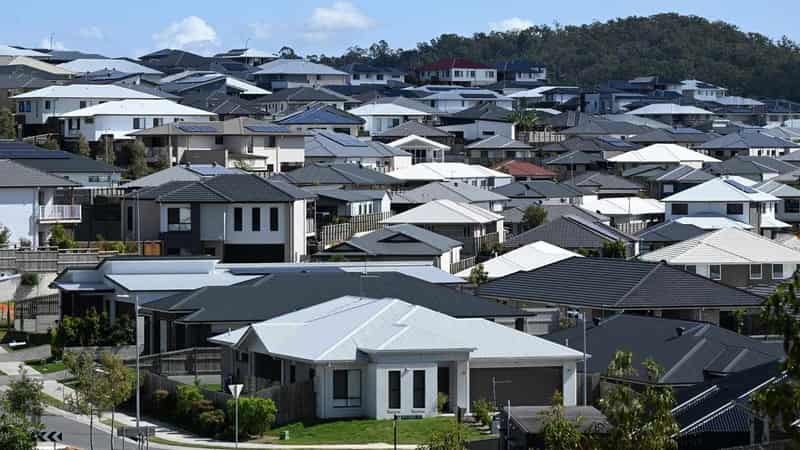
The property market has extended its growth into 2024 and better odds for rate cuts later in the year could lead to a renewed upswing.
Australia is also facing an ongoing undersupply of new homes, with dwelling approvals falling 9.5 per cent in December and down more than 15 per cent across 2023 compared to the year before.
The latest on home prices released by CoreLogic on Thursday showed a 0.4 per cent lift in values in January.
This marked a 12th straight monthly increase in the index but compared to the middle of last year, the gains have been slower.
Different regions and cities are also growing much faster than others.
Perth has been a consistent performer, recording a 1.6 per cent lift in January. Sydney edged up 0.2 per cent, while Melbourne produced a 0.1 per cent decline and Adelaide, Brisbane and Perth returned increases of one per cent or above.
Like Melbourne, Hobart and Canberra also recorded home value falls in the first month of 2024, 0.7 per cent and 0.2 per cent, respectively.

“Despite ongoing cost of living pressures, high interest rates, low consumer sentiment and affordability constraints, homes are still selling," CoreLogic research director Tim Lawless said.
"Housing demand has been buoyed by high migration but also tight rental markets that have probably incentivised renters to transition towards home ownership if they can afford to."
AMP Australia chief economist Shane Oliver said the market was caught between the extremes of high interest and a housing shortage.
Dr Oliver and his colleagues are forecasting a modest three to five per cent fall in national prices over the year as borrowing costs remain high, immigration levels peak, savings buffers wane, access to the "bank of mum and dad" winds back and unemployment edges higher.
"This remains our base case but so far property price gains are showing signs of stabilising and resilience at low levels possibly helped by increasing confidence that the next move in interest rates will be down," he wrote in a note.
The latest quarterly consumer price index slowed convincingly to 4.1 per cent in the December quarter from 5.4 per cent in September, fuelling hopes of an end to inflation-fighting interest hikes and improving the chances of cuts later this year.
Dr Oliver said there was a high risk his forecasts could be thrown off, with the property market instead moving through a very mild downswing before rate cuts drove a renewed upswing.
Working in the other direction was the chance of a sharper-than-expected rise in unemployment, which he said was a bigger risk to home value growth than the possibility of more rate hikes.
Commonwealth Bank economists are forecasting a five per cent lift in 2024 home prices, with similar expectations of muted gains at the start of the year before an easing cycle begins and price growth gathers pace.
"We do expect considerable divergence between capital cities," CBA senior economist Belinda Allen wrote.
Australia is also experiencing a housing shortfall that's on track to continue, based on weak dwelling approval data.

The latest Australian Bureau of Statistics building approvals data reveals a 9.5 per cent fall in December.
While the monthly numbers can be volatile, dwelling approvals in 2023 were down 15.4 per cent on 2022, totalling 162,194.
Oxford Economics Australia senior economist Maree Kilroy said this was a level of approvals not seen since 2012.
She said there was still many unfinished projects in the pipeline, and these would boost the volume of homes when completed over the next six months.
"While this will provide a boost to near-term supply, the trajectory of dwelling approvals points firmly to a softer 2025 for completions," she said.









